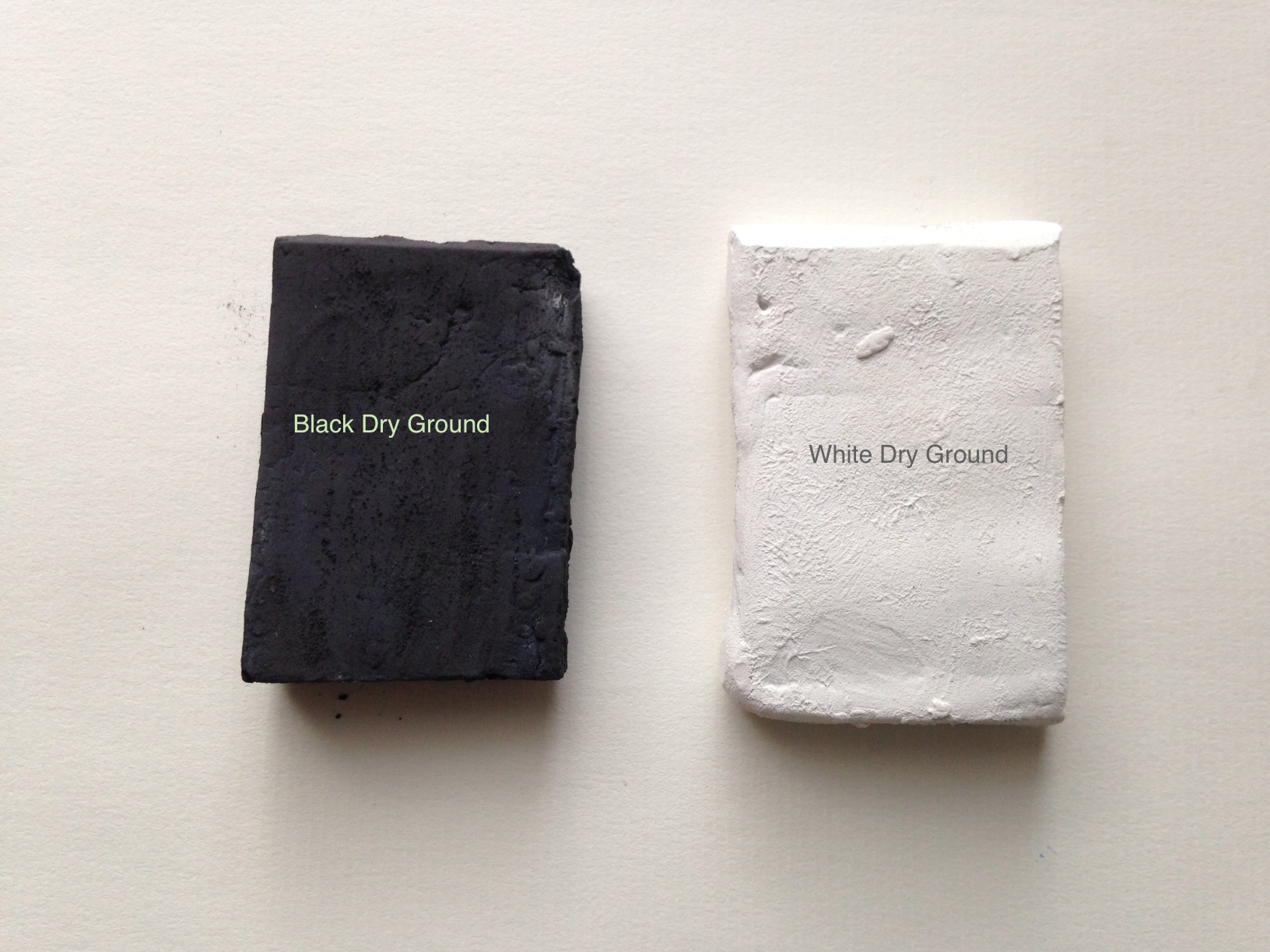What pastels are, what they can do, and suggestions for how to use our pastels.
When we make pastels, our guiding principle is to let each color speak. Pigments in their pure, unadulterated state rarely make a good pastel, and many fine pigments are unusable in a pastel form without the addition of another pigment or another material to support it. In pastel-making, we use various particle sizes to open up the pigments and make them draw in a smooth flowing gesture on the surface. We also experiment with how much pigment to use in relation to the binder (usually a gum) and utilize a variety of materials like pumice, chalk, clay or talc to get the pastel to draw and still be a clear, “pure” color.
Many of our colors are just the pigment with a small amount of pumice. All of the blacks or dark colors are pure pigment. Thus, they are never grayish and are always transparent. Luckily, these pigments are naturally soft when mixed with the binder and don’t need anything else to achieve the flow of the color! The gritty nature of pumice hooks into the paper and gives the drawing a “tooth” on which to layer other colors. However, too much pumice dulls the color.
When a pastel piles up a lot of dust and debris as you work, that indicates that there are excessive materials in the pastel- materials which actually are intended to achieve the flow of color. We try to minimize this excess and the resulting dust and debris by adding as little particle as possible- other than pigment with sufficient binder- to keep the pastel together.
Paper can have a lot to do with how a pastel draws. Any paper made for pastel or charcoal is a step in the right direction. Fabriano is a fine paper for pastels and one can go from there into the papers made for printing like Reeves BFL, Arches Cover Stock, Lana, or Somerset. Watercolor papers, which have a coarse texture, may cause the pastel to crumble. If you like the heavy texture of watercolor papers, work the pastel into it carefully. You can mist the watercolor paper lightly with water and alcohol, allow the mixture to soak in for a minute, and then draw with our pastels on the damp surface. The new, less dust pastels work nicely like this, but it depends on if you want a more linear or a more tonal approach to color.
Sanded paper has a ground is very coarse and can make a pastel flow, but it uses up a lot of pastel in the process. The pastel sits on top of the ground.
Another option is to use a softer paper that enables you to work the pigment into it and literally grind the pastel into the fibers of the paper. This is a particularly good approach if the pastel has pumice in it to give it some tooth.
We have created the dry ground stick that one applies to the paper first, rubbing it in while wearing gloves, dusting off the excess, and then drawing on that. The ground is minimal and provides a slight tooth to support pastel. One can use a fixative over the dry ground or simply apply a layer of fixative on paper and in a minute begin to draw.
